Choosing the right dart shaft materials is crucial for optimizing your dart throw and overall game. This article will delve into the various materials used in dart shafts, exploring their properties and helping you choose the best option for your playing style and preference. We’ll also cover factors to consider beyond just the material.
⚠️ Still Using Pen & Paper (or a Chalkboard)?! ⚠️
Step into the future! The Dart Counter App handles all the scoring, suggests checkouts, and tracks your stats automatically. It's easier than you think!
Try the Smart Dart Counter App FREE!Ready for an upgrade? Click above!
The selection of dart shaft materials significantly impacts a dart’s flight characteristics, feel, and durability. Understanding these differences is key to improving your game. While many factors contribute to a successful dart throw, the shaft plays a surprisingly significant role, often overlooked by beginners. This guide will help you make an informed decision, ensuring your darts are perfectly suited to your game.
Understanding Dart Shaft Materials
A wide range of dart shaft materials are available, each offering unique advantages and disadvantages. Let’s examine some of the most popular choices:
Nylon Dart Shafts
Nylon is a common and budget-friendly material for dart shafts. Its affordability makes it a popular choice for beginners and casual players. Nylon shafts are generally durable and resistant to damage, particularly from impacts. However, they can be slightly heavier than other materials, potentially affecting your throw, especially if you prefer a lighter dart. The flexibility of nylon can also be a double-edged sword; while it absorbs some impact, it can also lead to some unwanted bending over time with heavier use. Nylon dart shaft materials are easily available and a good entry point.
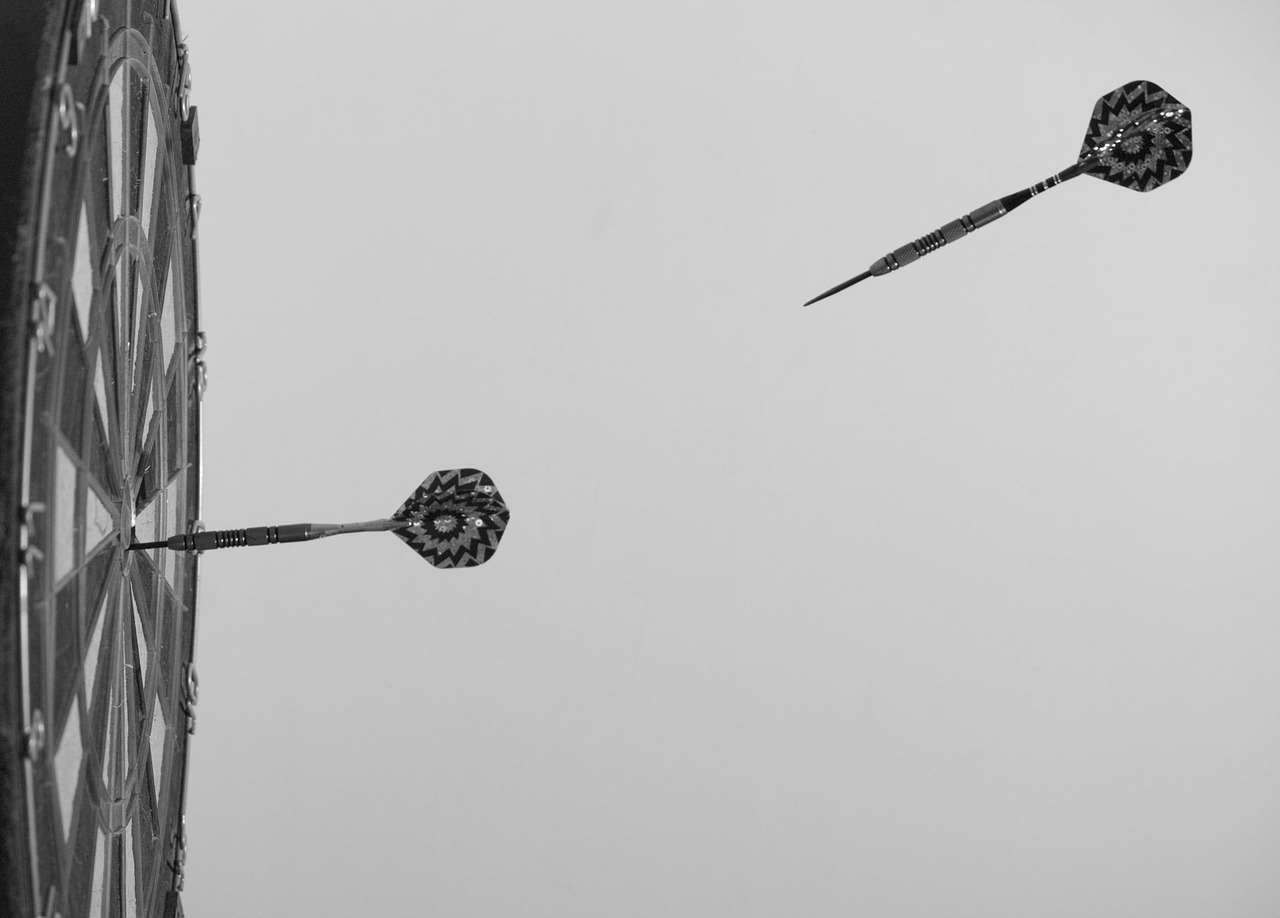
Aluminum Dart Shafts
Aluminum shafts offer a balance between weight and durability. They are significantly lighter than nylon, providing a faster and potentially more accurate throw. Aluminum shafts are also very strong and resistant to bending, making them a solid choice for those who prefer a more responsive dart. However, they can be more expensive than nylon and might be susceptible to damage from heavier impacts. The lighter weight can also take some getting used to if you’re used to heavier nylon shafts. The metallic sound when they hit the board can also sometimes bother players. Considering aluminum dart shaft materials is a step up in terms of performance for many.
Carbon Fiber Dart Shafts
For those seeking the ultimate in performance, carbon fiber shafts are the top choice. Extremely lightweight and incredibly strong, carbon fiber offers the best possible combination of speed, accuracy, and durability. They are very resistant to bending and can withstand significant impacts. However, they are also the most expensive option and require more careful handling to prevent damage. The sleek design and exceptional performance make these shafts popular amongst professional players. Choosing carbon fiber dart shaft materials represents a significant investment but it’s a choice many professional players make.
Other Dart Shaft Materials
While less common, other materials are sometimes used in dart shaft construction. These can include materials like titanium or even specialized polymers designed for specific properties. These options often come with premium pricing and offer niche advantages, such as ultra-light weight or enhanced resilience. The availability and choice vary greatly depending on the dart brand and model.
Factors to Consider Beyond Dart Shaft Materials
While the material is essential, selecting the perfect dart also involves considering other crucial factors. The shaft length significantly impacts your throw. Shorter shafts might offer better control for close-range throws, while longer shafts provide better stability for longer distances. The shaft diameter also plays a role, with thinner shafts providing more flexibility but potentially sacrificing some stability. Consider your grip and throwing style when choosing the diameter of your dart shafts.
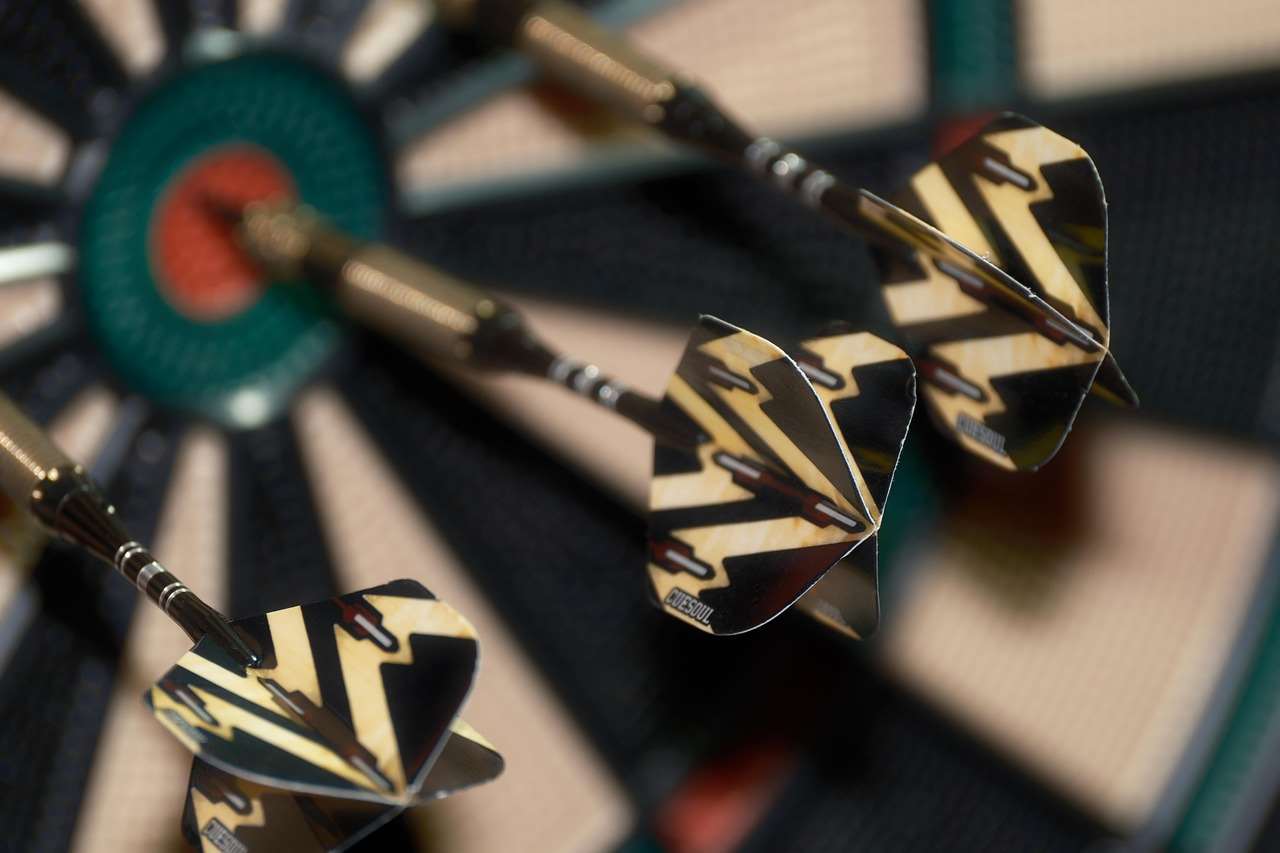
Shaft weight interacts closely with the overall weight of your darts. Remember the material impacts the overall weight, but this needs to be balanced with the weight of the barrel and flight. Experimenting with different shaft weights can refine the feel and precision of your throw, helping you to achieve a better average darts player score. Many players find that they need to switch out the shaft completely to fine-tune the feel of their darts as part of ongoing tweaking to their dart setup.
Another important factor is the design of the dart shaft. Some shafts have a textured surface to improve grip. Others may have a specific shape or taper designed to enhance aerodynamics or improve flight stability. A visit to a darts shaft caps page might provide further insights.
Maintaining Your Dart Shafts
Proper maintenance is essential to extend the lifespan of your dart shafts, regardless of the material. Regular cleaning will help remove dirt and debris that can affect the grip and potentially wear down the shaft over time. If you play frequently, inspect your shafts regularly for signs of wear and tear, particularly bending or cracking, and replace them as needed. Replacing damaged shafts improves performance and prevents injuries.
Choosing the Right Dart Shaft Material for You
The optimal choice of dart shaft materials depends heavily on your individual preferences and playing style. Beginners might find that nylon shafts provide a good balance of affordability and durability. Intermediate players may opt for aluminum to reduce weight and increase speed. Advanced or professional players frequently gravitate toward carbon fiber for its superior performance. Experimentation is key! Consider different weights, lengths, and materials to discover the perfect combination that suits your needs.
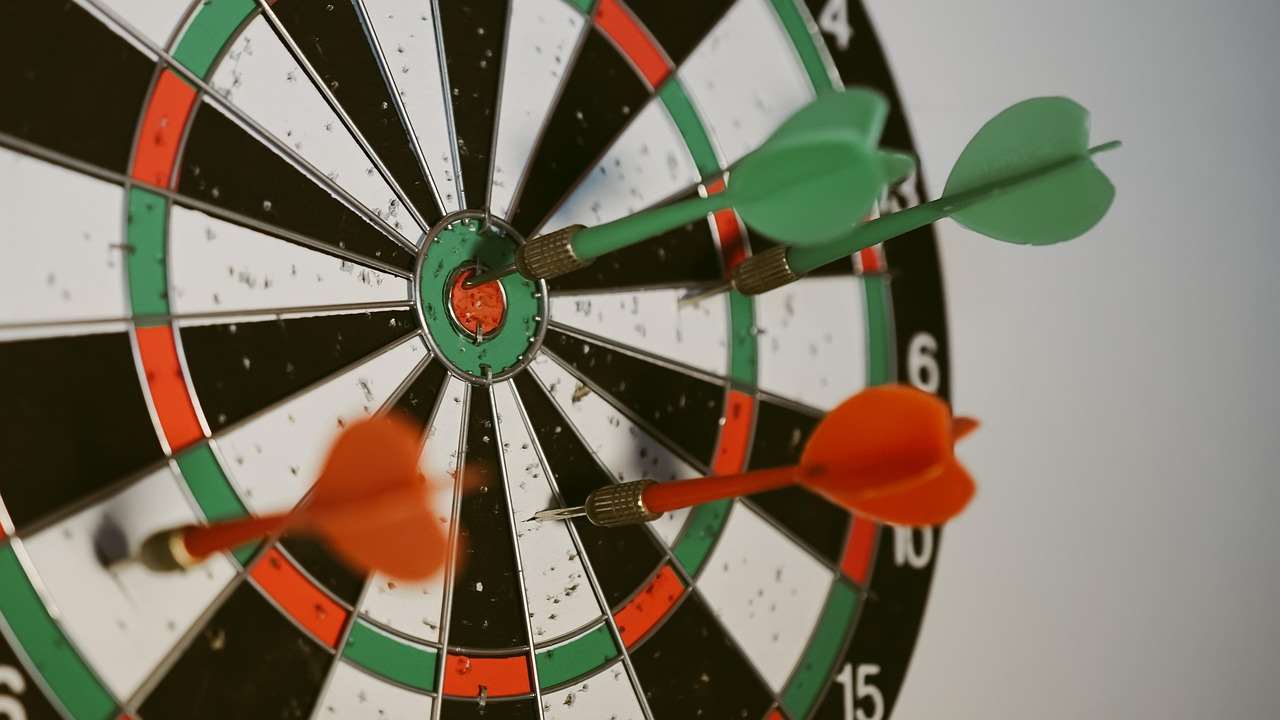
Don’t hesitate to try different dart shaft materials from different manufacturers, as subtle variations in design and manufacturing techniques can lead to noticeable differences in performance. You can also research online reviews and seek advice from more experienced players to gain insights and recommendations. This careful approach will enhance your dart-throwing experience. Also, ensure that you check the darts shaft medium page to find out about shaft sizing.
Frequently Asked Questions (FAQs)
Q: How often should I replace my dart shafts? A: This depends on usage. Regular players should inspect their shafts regularly for any wear and tear. Replace them when you notice bending, cracking, or excessive wear. Some players replace their shafts even if they are still functional simply to keep a consistent feel across their throws.
Q: Can I repair damaged dart shafts? A: Generally, no. Damaged shafts, especially those with cracks or significant bending, should be replaced immediately. Attempting repairs may compromise the integrity of the shaft and lead to an inconsistent throw or even injury.
Q: What’s the difference between nylon and aluminum dart shafts? A: Nylon shafts are more affordable and durable but heavier than aluminum. Aluminum shafts are lighter and provide a faster release but might be slightly more expensive and less resistant to some types of impact damage. It’s often advisable to consider average darts player score to check if the change in shaft will significantly affect your game.
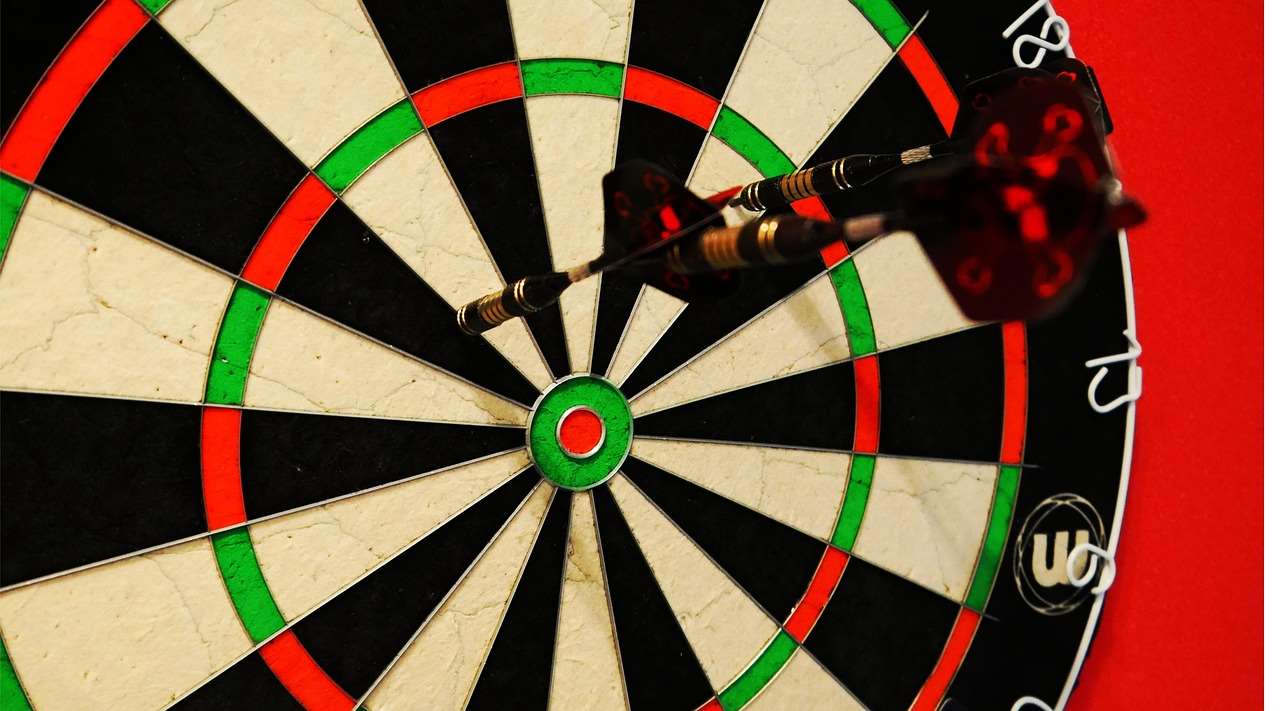
Q: Are carbon fiber dart shafts worth the extra cost? A: For serious players prioritizing performance, carbon fiber shafts offer significant advantages in terms of lightweight design, strength, and stability. However, they are a more substantial investment. Consider your playing level and how much of a difference those improvements would make to your game before making a choice. This should align with your dart point and how frequently you play.
Q: Where can I buy high-quality dart shafts? A: Many online retailers and sporting goods stores carry a wide selection of dart shafts. Look for reputable brands known for quality materials and construction. You can find a broad selection of shafts online, but doing research on brands will pay off.
Conclusion
Choosing the right dart shaft materials is a critical aspect of optimizing your dart game. Whether you’re a beginner looking for affordable and durable options or a seasoned player seeking peak performance, understanding the properties and advantages of various materials—like nylon, aluminum, and carbon fiber—is crucial. Remember to also consider shaft length, diameter, and weight in your decision-making process. With careful consideration and experimentation, you can select the perfect shafts to enhance your accuracy, consistency, and overall darting experience.
Consider this guide as a starting point on your quest for darting perfection. Start experimenting with different dart shaft materials today! If you’re keen to hone your skills, you can even consider using a Cricket darts scorer app to track your progress. Consider taking your game to the next level by also looking at practice doubles darts and enhancing your practice regime.
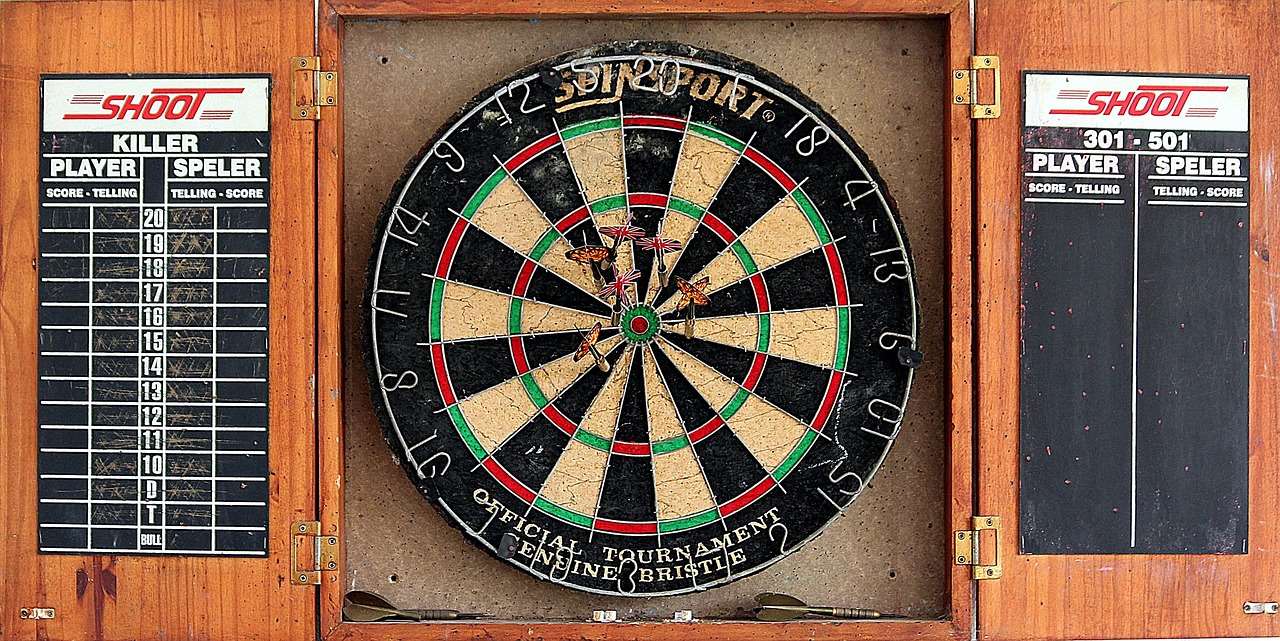
Hi, I’m Dieter, and I created Dartcounter (Dartcounterapp.com). My motivation wasn’t being a darts expert – quite the opposite! When I first started playing, I loved the game but found keeping accurate scores and tracking stats difficult and distracting.
I figured I couldn’t be the only one struggling with this. So, I decided to build a solution: an easy-to-use application that everyone, no matter their experience level, could use to manage scoring effortlessly.
My goal for Dartcounter was simple: let the app handle the numbers – the scoring, the averages, the stats, even checkout suggestions – so players could focus purely on their throw and enjoying the game. It began as a way to solve my own beginner’s problem, and I’m thrilled it has grown into a helpful tool for the wider darts community.